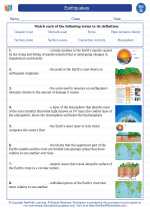Continents
A continent is a large, continuous landmass on Earth. There are seven continents on Earth, each with its own unique features, ecosystems, and cultures. Let's explore each of them:
1. Asia
Asia is the largest continent, covering about 30% of the Earth's land area. It is home to diverse cultures, languages, and landscapes, including the Himalayas, Gobi Desert, and the fertile plains of the Indus and Ganges rivers.
2. Africa
Africa is the second-largest continent, known for its rich biodiversity and unique wildlife. It is home to the Sahara Desert, the Nile River, and the vast grasslands of the Serengeti.
3. North America
North America is the third-largest continent and is known for its varied landscapes, including the Rocky Mountains, the Great Lakes, and the vast plains of the Midwest. It is also home to diverse cultures and indigenous peoples.
4. South America
South America is known for its lush rainforests, the Andes Mountains, and the Amazon River. It is also home to a rich cultural heritage and ancient civilizations such as the Inca and the Maya.
5. Antarctica
Antarctica is the southernmost continent and is covered in ice. It is the coldest, driest, and windiest continent, and it is home to unique wildlife such as penguins, seals, and whales.
6. Europe
Europe is known for its historic landmarks, diverse cultures, and rich history. It is home to the Alps, the Mediterranean Sea, and iconic cities such as Paris, Rome, and London.
7. Australia
Australia is the smallest continent and is known for its unique wildlife, including kangaroos, koalas, and the Great Barrier Reef. It is also home to the vast Outback and diverse ecosystems.
Key Concepts to Remember:
- The seven continents are Asia, Africa, North America, South America, Antarctica, Europe, and Australia.
- Each continent has its own unique geography, wildlife, and cultural heritage.
- Continents have played a crucial role in shaping the history and development of human societies.
Study Tips:
When studying the continents, try to visualize the key landmarks, ecosystems, and cultural aspects of each continent. Use maps, images, and interactive resources to deepen your understanding of the diverse features of each continent.
[Continents] Related Worksheets and Study Guides:
.◂Science Worksheets and Study Guides Seventh Grade. Earthquakes

 Activity Lesson
Activity Lesson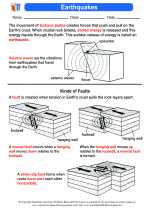
 Worksheet/Answer key
Worksheet/Answer key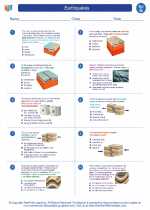
 Worksheet/Answer key
Worksheet/Answer key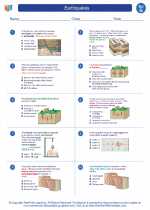
 Worksheet/Answer key
Worksheet/Answer key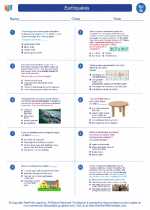
 Worksheet/Answer key
Worksheet/Answer key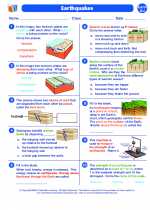
 Worksheet/Answer key
Worksheet/Answer key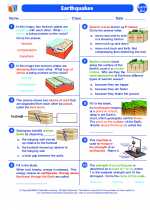
 Vocabulary/Answer key
Vocabulary/Answer key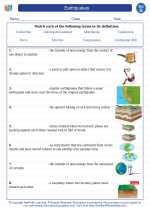
 Vocabulary/Answer key
Vocabulary/Answer key
 Vocabulary/Answer key
Vocabulary/Answer key
 Vocabulary/Answer key
Vocabulary/Answer key
 Vocabulary/Answer key
Vocabulary/Answer key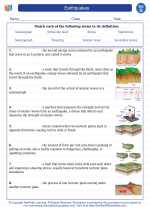
 Vocabulary/Answer key
Vocabulary/Answer key
 Vocabulary/Answer key
Vocabulary/Answer key